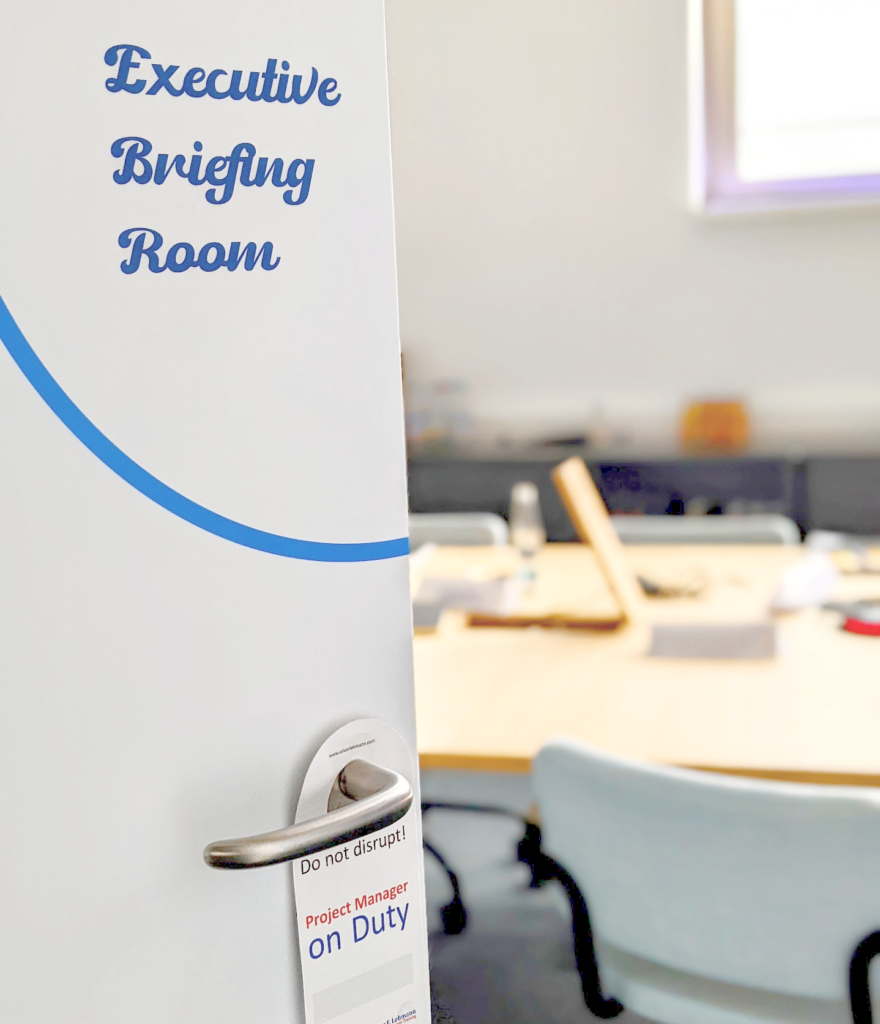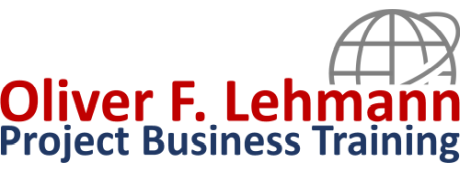
Rapidly End Crises in Project Business with
Healing Days
On this page: Business Case | Prerequisites | Basic Agenda | Outcome

Healing Day—The Business Case

In the event of a crisis in the project business with customers and contractors, it may be necessary to involve a third party to resolve the crisis and lead the cross-corporate project to success.
Project Business can be a fulfilling and joyful experience for customers and contractors. To achieve this, all parties must team up based on trust, mutual respect, and intense dedication toward achieving common goals.
Unfortunately, this is not always true in cross-corporate projects, whose success relies heavily on collaboration and mutual understanding.
The causes? Each party working on the project has distinct business interests, while one party’s success relies on another’s working style and outcomes. For some parties, the project is an element in a portfolio where it competes with other projects for assets, resources, and management attention. Other players focus entirely on the project.
The crucial foundation of Project Business is the balance of responsibilities and entitlements, as even petty disruptions can start a chain of events that threaten the project’s overall mission.
And seemingly minor mishaps trigger rapidly escalating spirals of discord, distrust, frustrations, and finger-pointing. In International projects, cultural differences matter as much as discrepancies in legal systems. Then, the project suffers, as does the business value it delivers to the contributing parties.
Also noteworthy are the emotional dynamics: Distrust and dissension in a project lead to distress for the people involved, whose well-being is vital for project success.
In these cases, when the players can no more resolve the problems alone, an experienced third party can bring the project quickly back on track. With empathy, equidistance, and almost therapeutic skills, the person heals the project by turning contract parties into project partners who put completing over competing and ensure that mission success comes first.

The Prerequisites

“Project Business Healing Day: A moderated event bringing customers and contractors together with a focus on problem solution and performance improvement.”
Colocation
In-person gatherings are generally more effective and preferable to video conferencing if they can be arranged.
Confidentiality
To ensure that all participants have the freedom to speak their minds, it is mandatory for every party representative to provide written confirmation that the event will remain completely confidential.
Experienced facilitator
Facilitating the event can be challenging, and it’s important to consider various factors like organizational, interpersonal, and legal aspects to avoid potential issues. The event should be led by a skilled and empathic facilitator who has deep knowledge of Project Business and experience in similar events and can determine warning signs of potential problems as well as opportunities for improvement is crucial.
Good-will by all parties
In rare cases, there might be a party that is unwilling to come to a mutually beneficial solution. In such situations, it may be more suitable to figure out a solution to complete the project without their involvement.
Limitation of size
Experience shows that the event can accommodate up to 7 participating organizations, e.g., 1 customer and 6 contractors, incl. subcontractors, with up to 2 representatives from each organization. For larger vendors networks, other formats should be used, such as multi-day workshops
Participants with decision power
Individuals authorized to enter into binding agreements are required as representatives to attend the cross-corporate project workshop, including spokespeople from both the customer organization and the contractors. This is necessary to ensure the effectiveness of the workshop for the project.

The Basic Agenda

The Healing Day is a 1-day workshop, which is similar to family therapy. It consists of three phases.
1st phase: Releasing steam
The parties involved openly share their experiences and discuss the sources of misunderstanding and frustration that led to the current crisis in the project.
2nd phase: Seeking common ground
The parties find commonalities that bring them together, the bonding forces that should be nurtured to become stronger than the divisive ones. They re-distribute roles among them and communication channels.
3rd phase: Agreeing on a teaming charter
The participating organizations lay down the new rules of cooperation. During this process, they develop a roadmap of improvements inside the organizations and at the interfaces between them.
Note: This agenda may be adjusted to the individual needs of the project and the organizations involved.

The Outcome

“Team: A group of people working together with a dedication to help each other and achieve a common goal.
“Teaming: Cooperation of two or more vendors to do a customer project together that one alone would be unable to do.”
When organizations and individuals come together with a common goal in mind, it creates a sense of community that can benefit everyone involved.
The Healing Day event is a prime example of this concept. It brings together customers and contractors in a facilitated collaborative effort that builds on understanding and respect for the parties’ different success criteria.
By utilizing each other’s unique strengths and resources, the team is able to work towards achieving the project’s objectives, ultimately creating positive change. By working together, they can achieve much more than they could on their own, and the results can be truly transformative.
